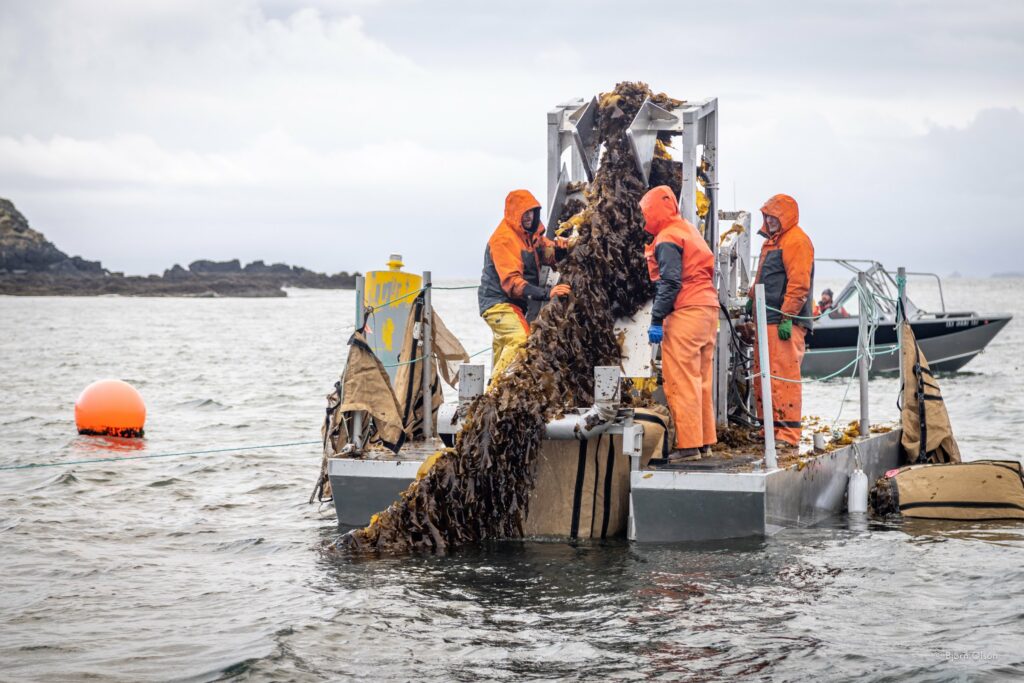Verify your farm design with your chosen farm site.
Flat bathymetry – In the real world, many ocean farm sites have variable bathymetry—the ocean bottom might slope gently, drop off dramatically into a trench, or include peaks and valleys. The Farm Design Tool assumes that your site’s bottom is flat and the water depth is consistent across the entire site. Check the water depths at your site, and make adjustments to your gear measurements if the site is not flat.
Single bottom type — In the real world, the ocean bottom may vary across a site, changing between rock, sand, mud, clay, and other substrates. The tool assumes that there is a single, consistent bottom for the entire site area and that a single type and size of anchor will suit every array on your farm. Check the bottom types at different areas of your site by dropping a weight or diving your site. If the bottom types are different, you may need multiple anchor types, sizes, or scope ratios.
Growline length limits — The Ocean Farm Design Tool relies on empirically validated mathematical formulas in order to calculate the holding power required to secure an array and recommend an appropriately sized anchor. These formulas have been tested on longlines from 50-600 ft. for a single-line array and 100-400 ft. for a 5-line array, which is the current limit for growline length. If you plan to use a longer growline, you should verify your designs with an engineer.
